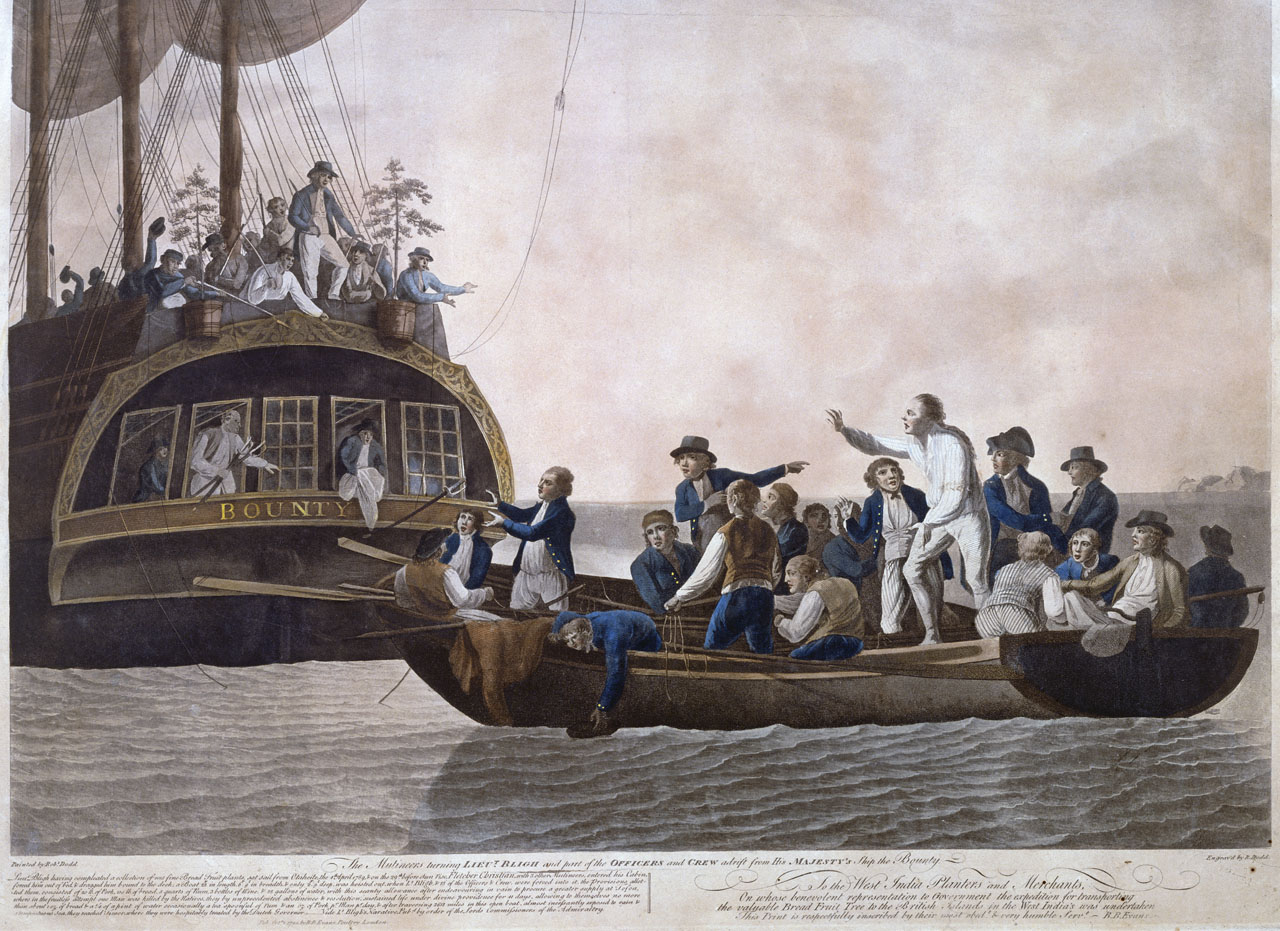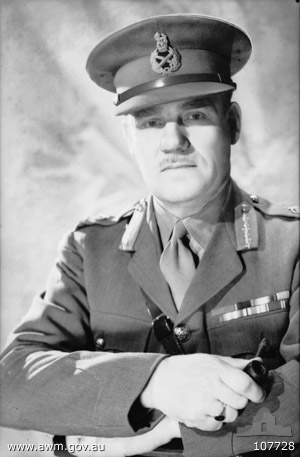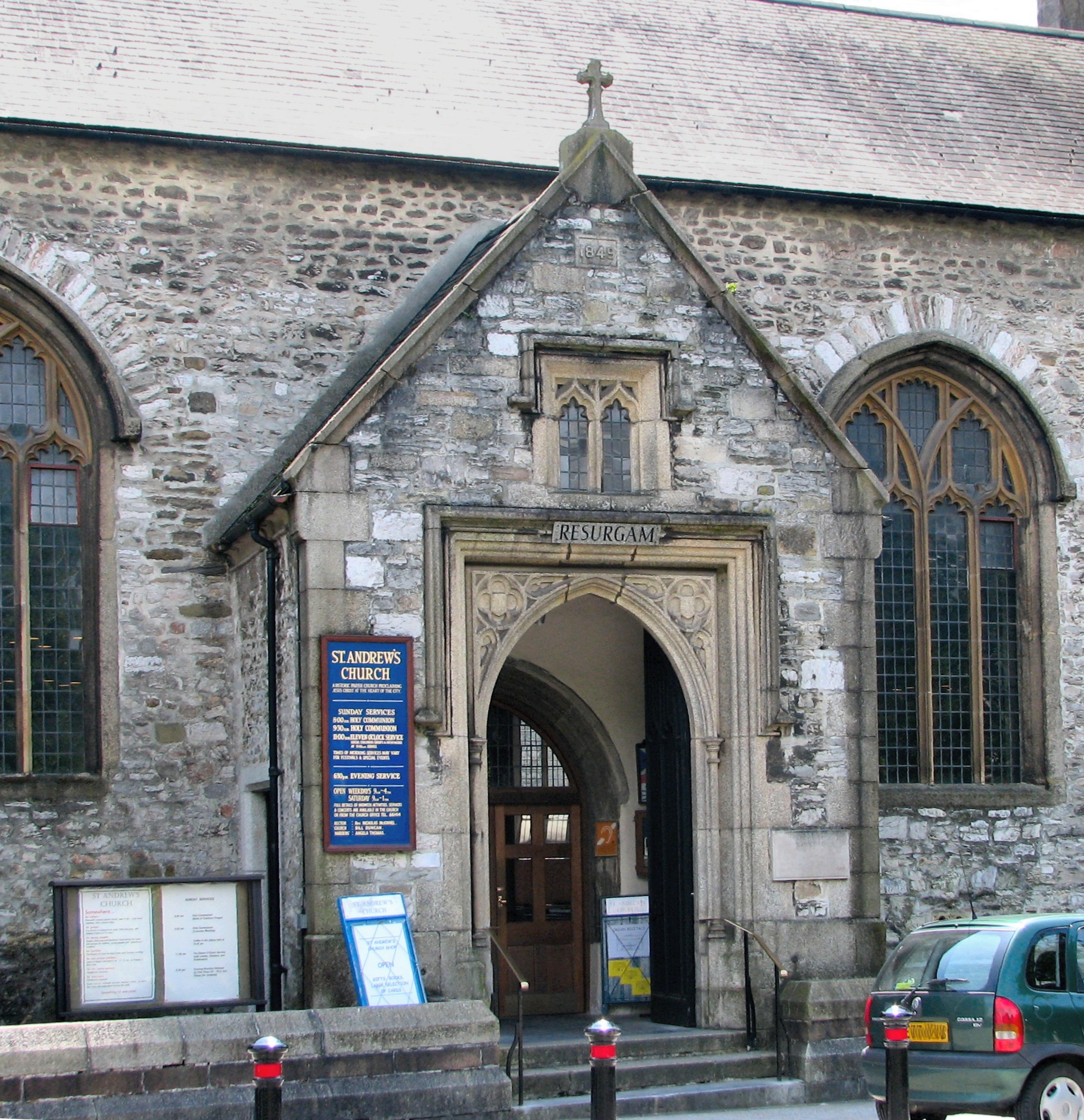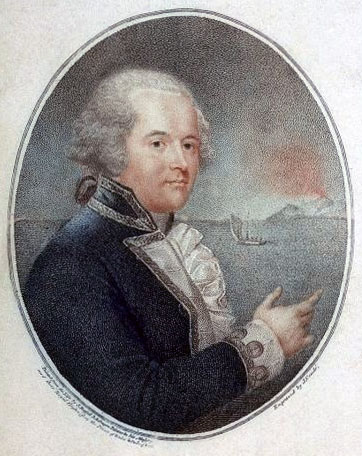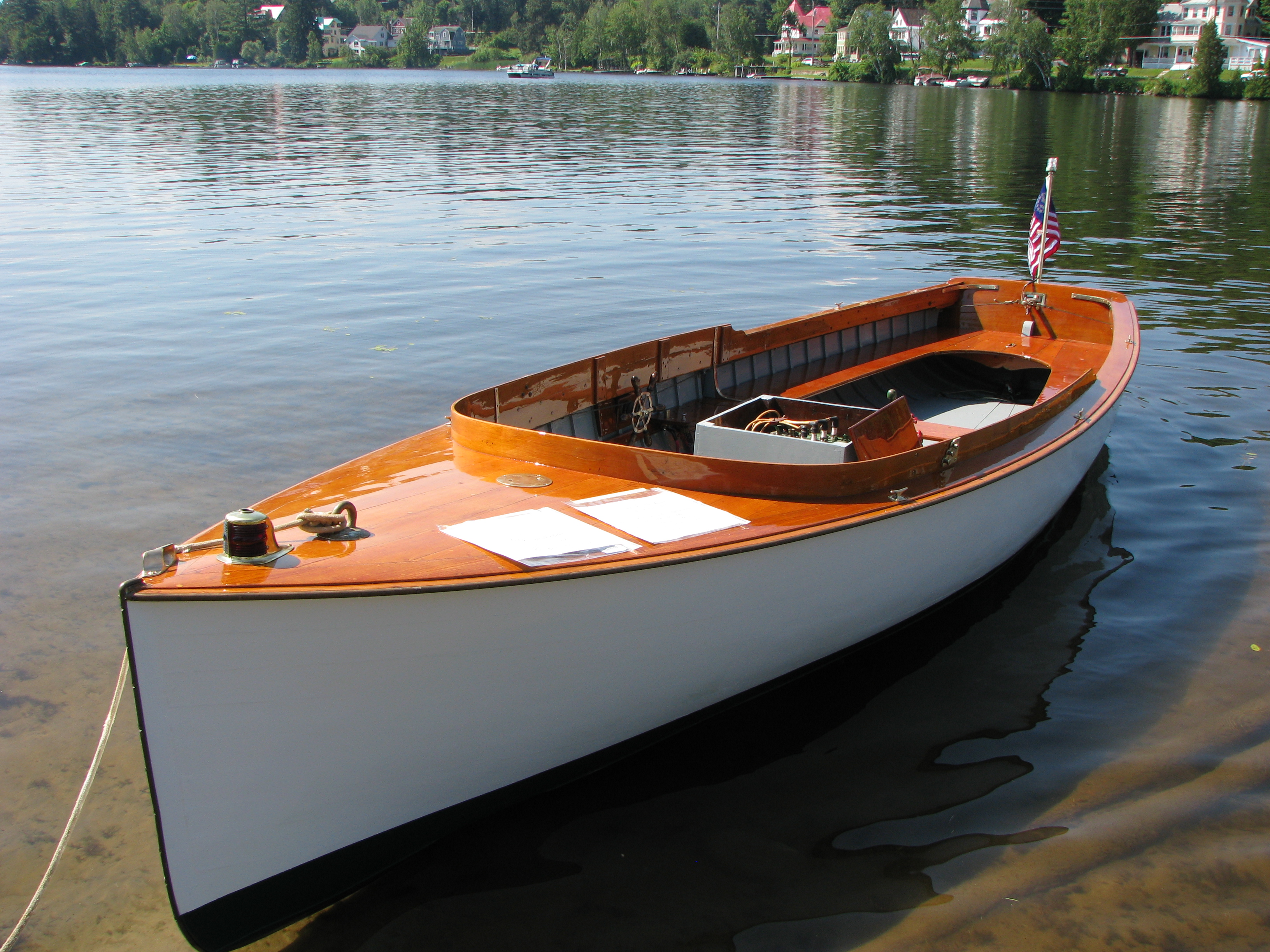|
William Bligh
William Bligh (9 September 1754 – 7 December 1817) was a Vice-admiral (Royal Navy), Royal Navy vice-admiral and colonial administrator who served as the governor of New South Wales from 1806 to 1808. He is best known for his role in the Mutiny on the Bounty, mutiny on HMS ''Bounty'', which occurred in 1789 when the ship was under his command. The reasons behind the mutiny continue to be debated. After being set adrift in ''Bounty''s Launch (boat), launch by the mutineers, Bligh and those loyal to him stopped for supplies on Tofua, losing one man to native attacks. Bligh and his men reached Timor alive, after a journey of . On 13 August 1806, Bligh was appointed governor of the British colony of New South Wales, with orders to clean up the corrupt rum trade of the New South Wales Corps. His actions directed against the trade resulted in the so-called Rum Rebellion, during which Bligh was placed under arrest on 26 January 1808 by the New South Wales Corps and deposed from his c ... [...More Info...] [...Related Items...] OR: [Wikipedia] [Google] [Baidu] |
Governor Of New South Wales
The governor of New South Wales is the representative of the monarch, King Charles III, in the state of New South Wales. In an analogous way to the governor-general of Australia, Governor-General of Australia at the national level, the governors of the Australian states, Governors of the Australian States perform constitutional and ceremonial functions at the state level. The governor is appointed by the monarch on the Advice (constitutional), advice of the Premier of New South Wales, and serves in office for an unfixed period of time—known as serving ''At His Majesty's pleasure''—though five years is the general standard of office term. The current governor is retired judge Margaret Beazley, who succeeded David Hurley on 2 May 2019. The office has its origin in the 18th-century colonial governors of New South Wales upon its settlement in 1788, and is the oldest continuous institution in Australia. The present incarnation of the position emerged with the Federation of Austra ... [...More Info...] [...Related Items...] OR: [Wikipedia] [Google] [Baidu] |
Battle Of Camperdown
The Battle of Camperdown (Dutch language, Dutch: ''Zeeslag bij Kamperduin'') was fought on 11 October 1797 between the Royal Navy's Commander-in-Chief, North Sea, North Sea Fleet under Admiral Adam Duncan, 1st Viscount Duncan, Adam Duncan and a Batavian Navy fleet led by Vice-Admiral Jan Willem de Winter. Duncan's fleet won a complete victory over de Winter's in what was the most significant engagement between British and Batavian forces during the French Revolutionary Wars, capturing eleven ships without losing any of their own. In 1795, the Dutch Republic was Low Countries theatre of the War of the First Coalition, overrun by French First Republic, France and reorganised into the Batavian Republic, a French sister republic. After several French Navy campaigns ended in disaster, the Batavian navy was ordered move to Brest, France, Brest in 1797. This rendezvous never occurred, as the French and their allies failed to capitalise on the Spithead and Nore mutinies that paralysed th ... [...More Info...] [...Related Items...] OR: [Wikipedia] [Google] [Baidu] |
St Andrew's Church, Plymouth
The Minster Church of St Andrew, also known as St Andrew's Church, Plymouth is an Anglican church in Plymouth, Devon in England. It is the original parish church of Sutton, one of the three towns which were later combined to form the city of Plymouth. The church is the largest parish church in the historic county of Devon and was built in the mid to late 15th century. The church was heavily damaged during the Plymouth Blitz but was rebuilt after the war. It was designated as a Minster Church in 2009 and it continues to operate as the focus for religious civic events for the city and as a conservative evangelical church. It is likely to be on the site of the original Saxon church and was once attached to the abbey of Plympton. History The church existed at least as early as the beginning of the 11th century,"The His ... [...More Info...] [...Related Items...] OR: [Wikipedia] [Google] [Baidu] |
Foreign, Commonwealth And Development Office
The Foreign, Commonwealth and Development Office (FCDO) is the ministry of foreign affairs and a Departments of the Government of the United Kingdom, ministerial department of the government of the United Kingdom. The office was created on 2 September 2020 through the merger of the Foreign and Commonwealth Office (FCO) and the Department for International Development (DFID). The FCO was itself created in 1968 by the merger of the Foreign Office (FO) and the Commonwealth Office. The department in its various forms is responsible for representing and promoting British interests worldwide. The head of the FCDO is the Foreign Secretary (United Kingdom), secretary of state for foreign, Commonwealth and development affairs, commonly abbreviated to "foreign secretary". This is regarded as one of the four most prestigious positions in the Cabinet of the United Kingdom, Cabinet – the Great Offices of State – alongside those of Prime Minister of the United Kingdom, Prime Minister, ... [...More Info...] [...Related Items...] OR: [Wikipedia] [Google] [Baidu] |
Rum Rebellion
The Rum Rebellion of 1808 was a ''coup d'état'' in the British penal colony of New South Wales, staged by the New South Wales Corps in order to depose Governor William Bligh. Australia's first and only military coup, its name derives from the illicit rum trade of early Sydney, over which the 'Rum Corps', as it became known, maintained a monopoly. During the first half of the 19th century, it was widely referred to in Australia as the Great Rebellion. Bligh, a former Royal Navy captain known for his overthrow in the mutiny on the ''Bounty'', had been appointed governor in 1805 to rein in the power of the Corps. Over the next two years, Bligh made enemies not only of Sydney's military elite, but several prominent civilians, notably John Macarthur, who joined Major George Johnston in organising an armed takeover. On 26 January 1808, 400 soldiers marched on Government House and arrested Bligh. He was kept in confinement in Sydney, then aboard a ship off Hobart, Van Diemen's Lan ... [...More Info...] [...Related Items...] OR: [Wikipedia] [Google] [Baidu] |
New South Wales Corps
The New South Wales Corps, later known as the 102d Regiment of Foot, and lastly as the 100th Regiment of Foot, was a formation of the British Army organised in 1789 in England to relieve the New South Wales Marine Corps, which had accompanied the First Fleet to New South Wales. In Australia, the New South Wales Corps gained notoriety for its trade in rum and mutinous behaviour. Reconstituted as the 102d Regiment of Foot, it was transferred to Bermuda and Nova Scotia, before taking part in the Chesapeake campaign of the War of 1812. Reconstituted for the second time after the war as the 100th Regiment of Foot, it was disbanded in 1818. History Formation In June 1789, the regiment was formed in England as a permanent unit to relieve the New South Wales Marine Corps, who had accompanied the First Fleet to Australia. The regiment began arriving as guards on the Second Fleet in 1790. The regiment, led by Major Francis Grose, consisted of three companies, numbering about ... [...More Info...] [...Related Items...] OR: [Wikipedia] [Google] [Baidu] |
Colony Of New South Wales
The Colony of New South Wales was a colony of the British Empire from 1788 to 1901, when it became a State of the Commonwealth of Australia. At its greatest extent, the colony of New South Wales included the present-day Australian states of New South Wales, Queensland, Victoria, Tasmania, and South Australia, the Northern Territory as well as New Zealand. The first responsible self-government of New South Wales was formed on 6 June 1856 with Sir Stuart Alexander Donaldson appointed by Governor Sir William Denison as its first Colonial Secretary. History Formation On 18 January 1788, the First Fleet led by Captain Arthur Phillip founded the first British settlement in Australian history as a penal colony. Having set sail on 13 May 1787, Captain Arthur Phillip assumed the role of governor of the settlement upon arrival. On 18 January 1788, the first ship of the First Fleet, HMS ''Supply'', with Phillip aboard, reached Botany Bay. However, Botany Bay was found to be unsu ... [...More Info...] [...Related Items...] OR: [Wikipedia] [Google] [Baidu] |
Timor
Timor (, , ) is an island at the southern end of Maritime Southeast Asia, in the north of the Timor Sea. The island is Indonesia–Timor-Leste border, divided between the sovereign states of Timor-Leste in the eastern part and Indonesia in the western part. The Indonesian part, known as West Timor, constitutes part of the Provinces of Indonesia, province of East Nusa Tenggara. Within West Timor lies an exclave of Timor-Leste called Oecusse District. The island covers an area of . The name is a variant of ''timur'', Malay language, Malay for "east"; it is so called because it lies at the eastern end of the Lesser Sunda Islands. Mainland Australia is less than 500 km away, separated by the Timor Sea. Language, ethnic groups and religion Anthropologists identify eleven distinct Ethnolinguistic group, ethno-linguistic groups in Timor. The largest are the Atoni of western Timor and the Tetum language, Tetum of central and eastern Timor. Most indigenous Timorese languages ... [...More Info...] [...Related Items...] OR: [Wikipedia] [Google] [Baidu] |
Tofua
Tofua is a volcanic island in Tonga. Located in the Haʻapai island group, it is a steep-sided composite cone with a summit caldera. It is part of the highly active Kermadec-Tonga subduction zone and its associated volcanic arc, which extends from New Zealand north-northeast to Fiji, and is formed by the subduction of the Pacific Plate under the Indo-Australian Plate. It lies about above a very active seismic zone.Ewart, A.; Bryan, W.B.; and Gill, J.B. "Mineralogy and Geochemistry of the Younger Volcanic Islands of Tonga, S.W. Pacific." ''Journal of Petrology.'' 14:3 (1973). It is connected to the nearby island of Kao by a submarine ridge. The island is a national park. Geography and geology The island is oval, measuring approximately 80 square kilometers. Its sides rise steeply to the rim of the caldera, which is partially filled by a volcanic crater lake with a depth of . The caldera was formed by a major eruption around 1,000 years BP, which left deposits up to thick ... [...More Info...] [...Related Items...] OR: [Wikipedia] [Google] [Baidu] |
Launch (boat)
Launch is a name given to several different types of boat. The wide range of usage of the name extends from utilitarian craft through to pleasure boats built to a very high standard. In naval use, the launch was introduced as a ship's boat towards the end of the 17th century. On each warship, the launch was usually the largest boat out of those carried aboard. It could be propelled by oar or sail, with this type remaining in service into the 20th century. Steam launches were introduced on a trial basis in 1867, but as steam-powered ship's boats became more common, the majority were steam pinnaces. Other military examples were the various motor launches used in the 20th century, employed for harbour defence, anti-submarine patrols, escorting coastal convoys, minesweeping and recovering aircrew from crashed aircraft. Generally these were decked boats, some of which were capable of fast speeds. A powered boat operated by a regulatory or official organisation may be termed a ... [...More Info...] [...Related Items...] OR: [Wikipedia] [Google] [Baidu] |
Governor Of New South Wales
The governor of New South Wales is the representative of the monarch, King Charles III, in the state of New South Wales. In an analogous way to the governor-general of Australia, Governor-General of Australia at the national level, the governors of the Australian states, Governors of the Australian States perform constitutional and ceremonial functions at the state level. The governor is appointed by the monarch on the Advice (constitutional), advice of the Premier of New South Wales, and serves in office for an unfixed period of time—known as serving ''At His Majesty's pleasure''—though five years is the general standard of office term. The current governor is retired judge Margaret Beazley, who succeeded David Hurley on 2 May 2019. The office has its origin in the 18th-century colonial governors of New South Wales upon its settlement in 1788, and is the oldest continuous institution in Australia. The present incarnation of the position emerged with the Federation of Austra ... [...More Info...] [...Related Items...] OR: [Wikipedia] [Google] [Baidu] |
Vice-admiral (Royal Navy)
A vice-admiral (VAdm) is a flag officer rank of the Royal Navy and equates to the NATO rank code OF-8. It is immediately superior to the Rear admiral (Royal Navy), rear admiral rank and is subordinate to the Admiral (Royal Navy), full admiral rank. The equivalent rank in the British Army and Royal Marines is Lieutenant-general (United Kingdom), lieutenant-general; and in the Royal Air Force, it is air marshal. History The Royal Navy has had vice-admirals since at least the 16th century. When the fleet was deployed, the vice-admiral would be in the leading portion or Vanguard, van, acting as the deputy to the admiral. The rank of Vice-Admiral evolved from that of Lieutenant of the Admiralty (1546–1564) that being an officer who acted as secretary to the Lord High Admiral of the United Kingdom, Lord Admiral of England and lapsed in 1876 but was revived in 1901 by Edward VII, King Edward VII. Prior to 1864 the Royal Navy was divided into coloured squadrons which determined his ... [...More Info...] [...Related Items...] OR: [Wikipedia] [Google] [Baidu] |
